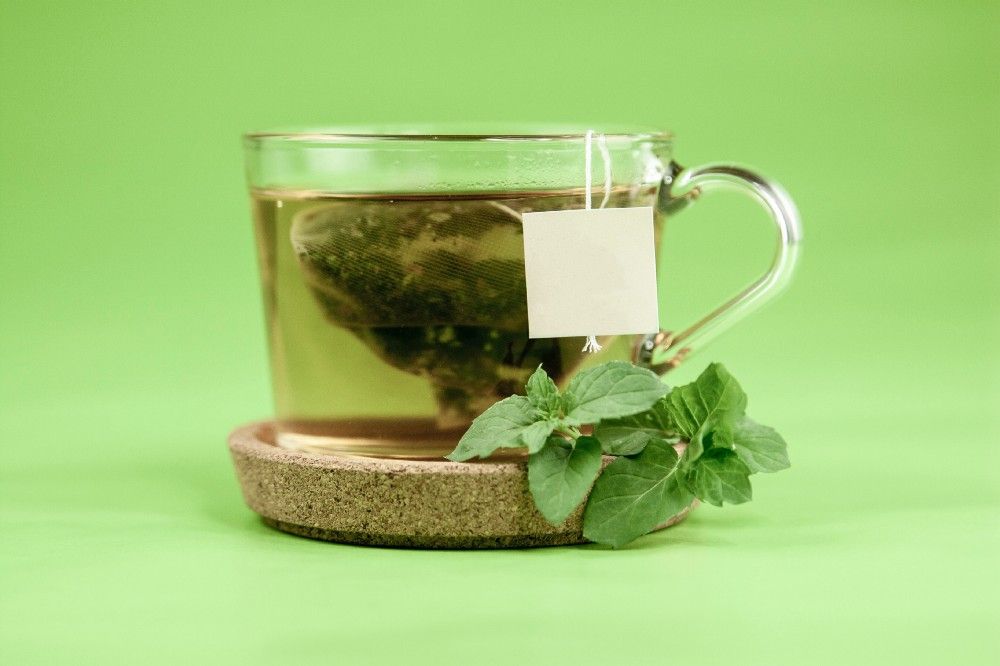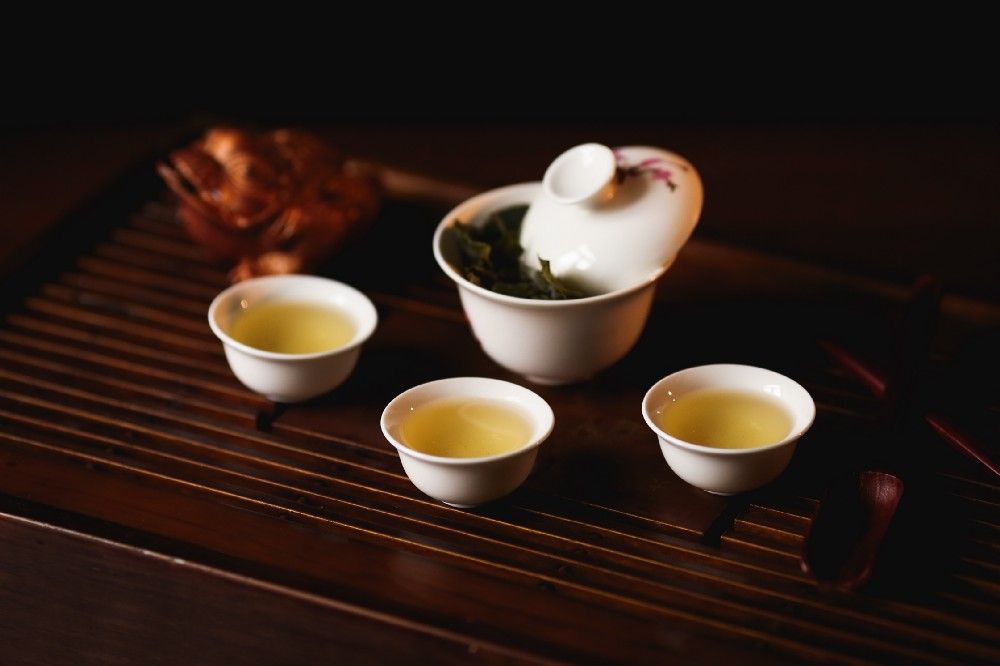
3 Reasons Why You Hate Green Tea

You make common mistakes that result in bitterness
To many of us, green tea seems insipid with a mild taste. Butt... Turns out We was making some critical mistakes that ruined our green tea. As a matter of fact, those mistakes are very common, and you’re most likely making at least a few of them.
1) You're Using Tea Bags
Tea bags are an easy trap to fall into. After all, they’re sold everywhere. Because they’re so popular — they must be good, right? Well, some of them at least?
As life has taught me time and again — popular doesn’t mean good. In fact, more often it means “good enough for most”, but certainly not “the best”.
There are fundamental reasons why tea made using tea bags will never taste as good as it should.
Tea bags contain leftover tea dust
Why? Because it’s better for the business. Some tea producers want to scale their business, and they have to offer a consistent experience for hundreds of millions of people. They can’t do that with loose-leaf tea.
However, if they mix together flavorless tea dust from multiple regions — they get a unique blend of garbage, sorry, tea. There’s no taste to ruin, and tea dust is plentiful, so they can produce billions of tea bags a year.
It’s up to you, the consumer, to decide if the convenience of the tea bag is worth the bland taste. Unfortunately, most uninitiated tea drinkers don’t know any better and think that tea bags are all that tea has to offer.
2) You’re Using Water That’s Too Hot
Green tea is much more delicate than black tea. While we know that black tea is prepared with boiling water, it’s wrong to apply the same knowledge to green tea.
The correct water temperature for preparing most green tea is actually 80°C or 176°F.
You say most, what about the others?
It’s not all set in stone, however. That temperature is a good rule of thumb, but it all depends on what kind of tea you’re making and what you want to get out of it.
For instance, Japanese green teas are often prepared with even cooler water — around 75°C. Gyokuro may even be prepared with barely hot water of 55°C if you want to maximize its umami taste.
In fact, the Japanese tea association recommends preparing some of their green teas with boiling water to induce bitterness, as they consider it part of the experience.
I don’t like bitterness, and most likely, you too, so start with 80°C and adjust as needed. Let me know what you think about green tea now.
3) You’re Over Steeping It
Time — is the other variable in the equation of tasty tea. We know that black tea is steeped for 3–5 minutes, but if you apply the same rule to green tea, you’ll get a very bitter infusion.
Most green tea needs to steep less — around 1–2 minutes.
Again, what’s with the most?
This recommendation is a good rule of thumb, but it again depends on the tea you’re making and what you want out of it.
Steamed teas, such as Japanese green tea, can steep even less, 30 seconds or so, especially if you’re using boiling water. Yet, Genmaicha, which is the popcorn tea may steep for 3–5 minutes!
If you get your teas from a reputable vendor, they will give recommendations for steeping times and water temperatures. Start with them.
The eastern method
Most of my recommendations are for the western method. This means, you use a lot of water and a small amount of tea leaves, then let them steep for a few minutes.
There’s another way of making tea. You may have seen this little device, that’s called a Gaiwan.

www.freepik.com/photos/chinese-tea" target="_blank" rel="nofollow" class="link-text">Chinese tea photo created by www.freepik.com/author/freepic-diller" target="_blank" rel="nofollow" class="link-text">freepic.diller — www.freepik.com
The eastern method — that’s when you load your Gaiwan or a teapot with a lot of tea leaves and then make many quick infusions. This allows you to better control the temperature and the taste of your tea, while also noticing how it changes with each infusion.
Takeaway
Green tea is very delicate. It’s not been exposed to the power of oxidation to roughen it up. It has more bitter antioxidants that haven’t been transformed into their non-bitter counterparts. That is what also makes green tea more healthy.
There are more mistakes that people do when preparing, which I will cover in the future stories, so hit that follow button if you don’t want to miss it!
For now, continue reading about the “7 Tips to Make Better Tea Instantly”.
Let me know in the comments — which mistake have you been making?